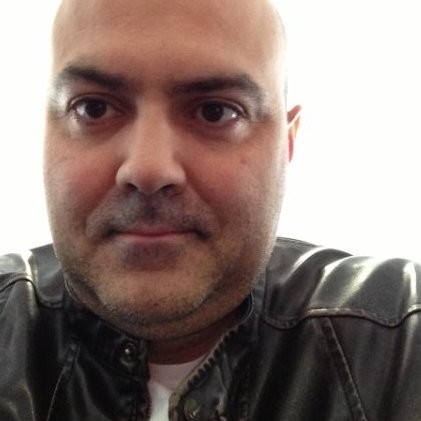Feb 18
2021
Clinical Zero Trust: The Time Is Right In Healthcare
By Jamison Utter, director of product evangelism, Medigate.

Last year (2020) was a year of chaos, and one that demonstrated why robust cybersecurity is an essential priority for all healthcare organizations. From COVID-19 disruptions to rapidly increasing networks of managed and unmanaged devices, it’s never been more important to secure the critical infrastructure that forms the basis of clinical care.
This is easier said than done- after all, the growing reliance on digital platforms has opened opportunities for increased attacks and raised questions about data collection and privacy. Threats like Ryuk and other high-profile breaches made a notable impact on the industry’s understanding of cybersecurity, not only for their monetary implications, but the significant operational disruptions that these incidents caused. On a national level, we’re seeing care networks expanding alongside access to telehealth services and the implementation of remote patient monitoring tools– with significant amounts of PHI being broadcast and analyzed each day.
When looking at these trends, there are two immediate realizations that all healthcare leaders should understand: 1) the rate of attacks is only going to increase as healthcare operations become smarter and more connected and 2) we need a better solution that works alongside clinical practitioners, biomed departments and organizational leaders even as it protects them from malicious attackers. For many of these concerns, the answer is Zero Trust, or more specifically, Clinical Zero Trust (CZT), that is uniquely attuned to the needs of the healthcare industry.
What Is Clinical Zero Trust?
Zero Trust represents the concept of “trust nothing, verify everything” in terms of cybersecurity. It has since grown to represent a networking approach that centers the design and application of IT networks around the identity and access rights of users and their data. Clinical Zero Trust applies this same idea but to the cyber and physical environment of healthcare organizations.
Think of CZT as a strategy and not a technology; it is an end goal rather than a feature or ability. Cyber protections like firewalls and end-point security solutions make up some of the offerings that help create a CZT environment. A typical healthcare organization has a security system that prioritizes protecting devices and data– CZT shifts the focus to protect physical workflows, which are made up of the people and processes involved in delivering care.
This means the protected surface extends to the physical world, including everything associated with administering a procedure or delivering care. At first glance, it seems like an impossible task to protect physical things with cyber technologies, but in reality, when you look at the clinical setting holistically it makes it easier to identify interdependencies and develop strategies that will effectively protect the physical, business and digital processes to drive optimal patient outcomes.
